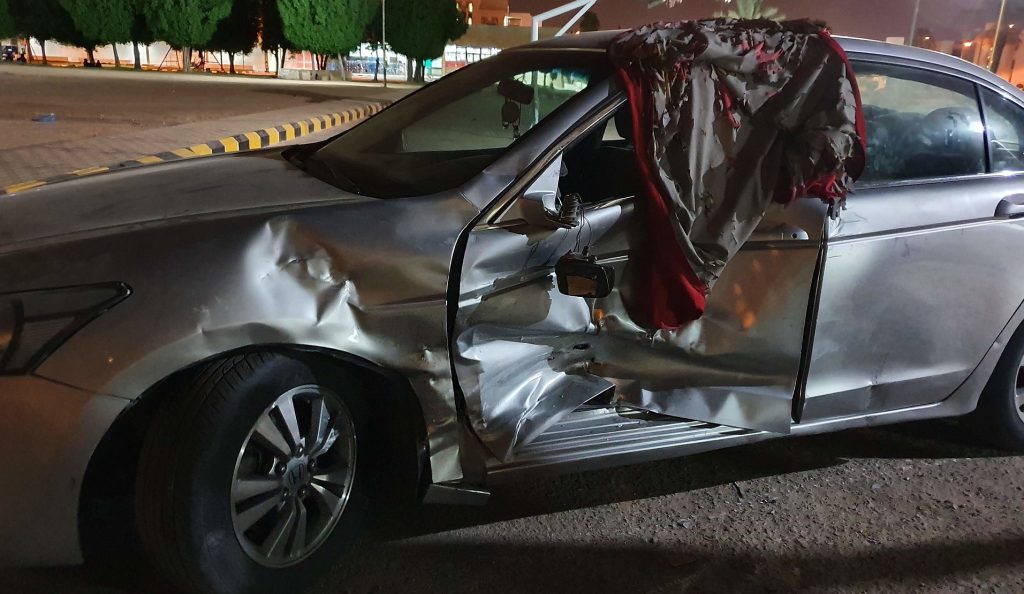
A traffic collision, also known as a motor vehicle collision or car crash when cars are involved in the collision, occurs when a vehicle collides with another vehicle, pedestrian, animal, road debris, or other moving or stationary obstruction, such as a tree, pole or building. Traffic collisions often result in injury, disability, death, and property damage as well as financial costs to both society and the individuals involved.
Identities
- Glossary: Traffic Collision
- Wikipedia: Traffic collision
- DBPedia: Traffic collision
- ProductOntology: Traffic collision
- Wikidata: Q9687
- KnowledgePanel: /m/08q1tg
Terminology and Intent
- Traffic collisions can be classified by types such as head-on, road departure, rear-end, side collisions, and rollovers.
- Different terms are used to describe vehicle collisions, including road traffic injury, motor vehicle accidents (MVA), and motor vehicle traffic collision (MVTC).
- The term ‘accident’ is falling out of favor and being replaced by terms like crash or collision.
- Government departments and organizations recommend using crash or collision instead of accident.
- Some traffic collisions are caused intentionally, such as vehicular suicide or staged crashes for insurance fraud.
- Motor vehicles may be used in collisions as part of deliberate efforts to harm others, such as vehicle-ramming attacks or vehicular homicide.
Health Effects
- Collisions can result in a range of physical injuries, from bruises and contusions to catastrophic injuries, paralysis, and death.
- The CDC estimates that approximately 100 people die in motor vehicle crashes each day in the United States.
- Collisions can lead to long-lasting psychological trauma.
- Psychological trauma may cause fear of driving again and impact individuals’ ability to work, attend school, or fulfill family responsibilities.
Causes and Human Factors
- Road incidents are caused by various human factors, including failure to adapt to weather conditions, road design, signage, speed limits, lighting conditions, pavement markings, and roadway obstacles.
- A study found that driver factors contributed to 57% of crashes, combined roadway and driver factors to 27%, combined vehicle and driver factors to 6%, solely roadway factors to 3%, combined roadway, driver, and vehicle factors to 3%, solely vehicle factors to 2%, and combined roadway and vehicle factors to 1%.
- Vehicle and road modifications are generally more effective in reducing injury severity than behavioral change efforts.
- Human factors in vehicle collisions include driver behavior, visual and auditory acuity, decision-making ability, and reaction speed.
- A report based on crash data found that driver error, intoxication, and other human factors contributed to about 93% of crashes.
Leading Contributing Factors for Fatal Crashes
- Driving too fast for conditions or in excess of the speed limit
- Operating under the influence
- Failure to yield right of way
- Failure to keep within the proper lane
- Operating a vehicle in a careless manner
Distracted Driving, Driver Attitudes and Behaviors, Demographic Differences, and Impact of Traffic Policies and Road Design
- Drivers distracted by mobile devices have nearly four times greater risk of crashing.
- Texting while driving increases the risk of a crash by 23 times.
- Dialing a phone is the most dangerous distraction, increasing the risk by 12 times.
- Reading or writing while driving increases the risk by ten times.
- Distracted driving is a leading cause of crashes.
- Overconfidence in driving abilities can lead to crashes.
- Drivers involved in crashes often do not believe they are at fault.
- Young male drivers are disproportionately involved in collisions.
- Actuaries set insurance rates based on age, sex, and vehicle choice.
- Road designs and rules of the road can improve safety.
- Drink-driving laws, speed limits, and speed enforcement systems help reduce crashes.
- Some driving tests now include testing drivers’ behavior in emergencies.
- Hazard perception is an important skill for drivers.
- Road and environmental factors contribute to about 34% of serious crashes.
- Investment in safe road infrastructure could reduce road deaths by 13% in the UK.
- Seat belt use reduces the risk of death by about 45% in collisions.
